The Basement
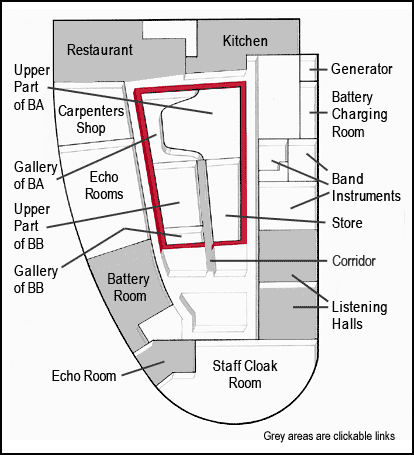
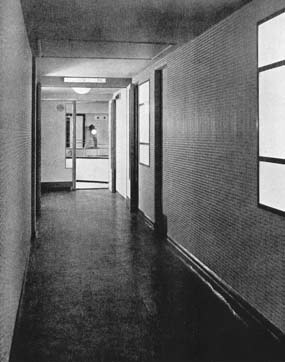
The Listening Halls

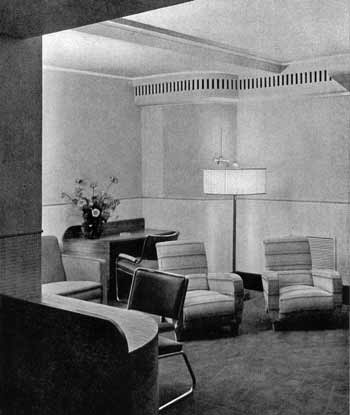
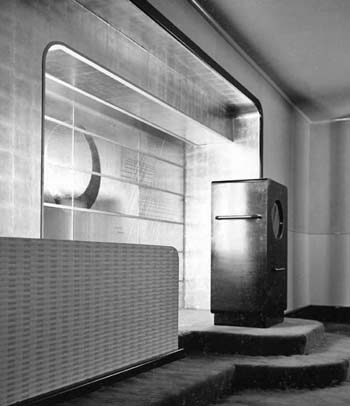
In the second room (left)
Raymond McGrath created the effect of sunlight by the use of gold and
silver foil.
The two Listening Halls were provided for the use of press critics or others who needed "to hear any particular transmission under satisfactory conditions of reception."
The two Listening Halls were provided for the use of press critics or others who needed "to hear any particular transmission under satisfactory conditions of reception."
Battery Room and Echo Room
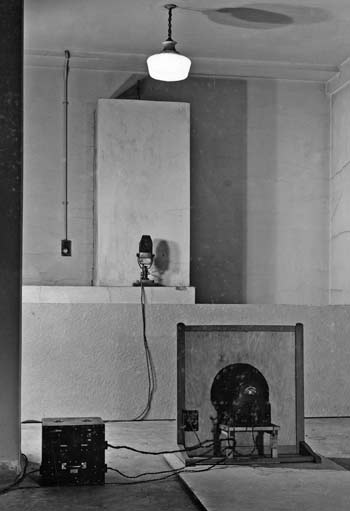
below - Storage batteries for the emergency lighting supply. This lighting was permanently switched on to enable the performances in the studios to be continued in case of failure of the mains powered lighting.
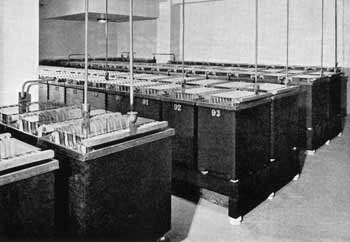
right - One of the echo rooms. Programme from the studio was reproduced on a loudspeaker in a resonant room. The output of a microphone (a Type A in this 1938 photo) was sent to the Control Room, where it was mixed with the programme coming direct from the studio.
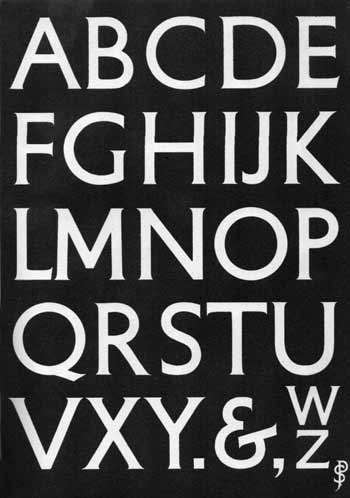
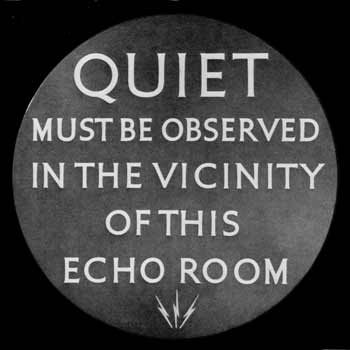
above - An example of the hand painted signs, the lettering based on an design by Percy Delf-Smith (right). The warm-white letters were on a medium-tone green ground with black edges.
The Restaurant and Kitchen
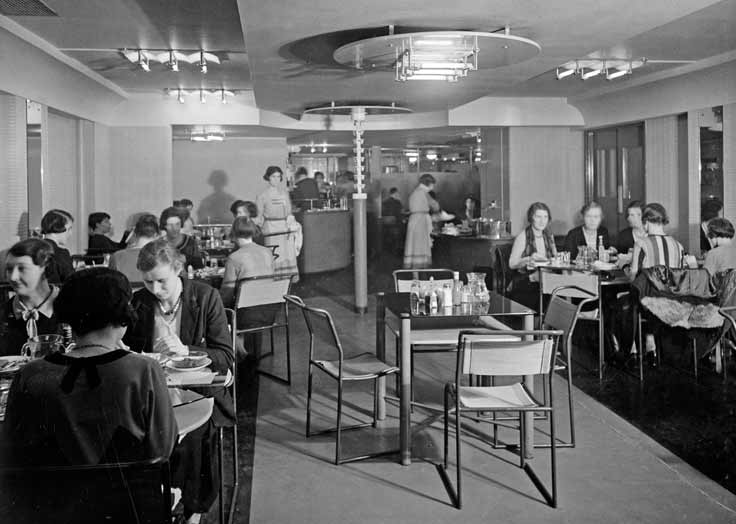
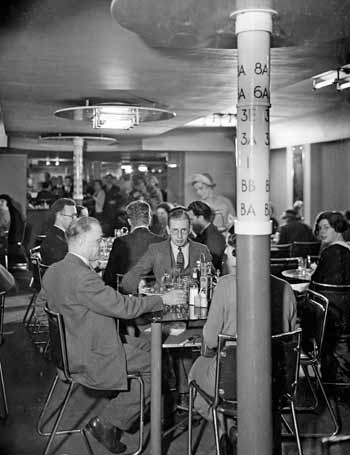
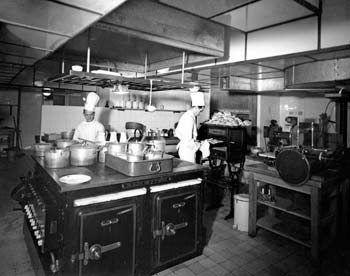
Three photos show the restaurant,
designed by Raymond McGrath. In the early thirties some 6000 lunches
per month were being served. Opening hours soon had to be extended as
the Empire Service broadcast into the night hours. The signs on the
columns could be illuminated to summon staff and artists back to their
studio.
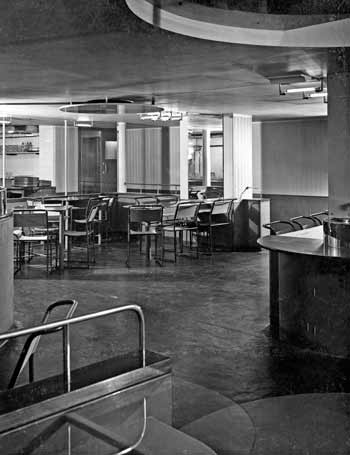
left - The kitchen

